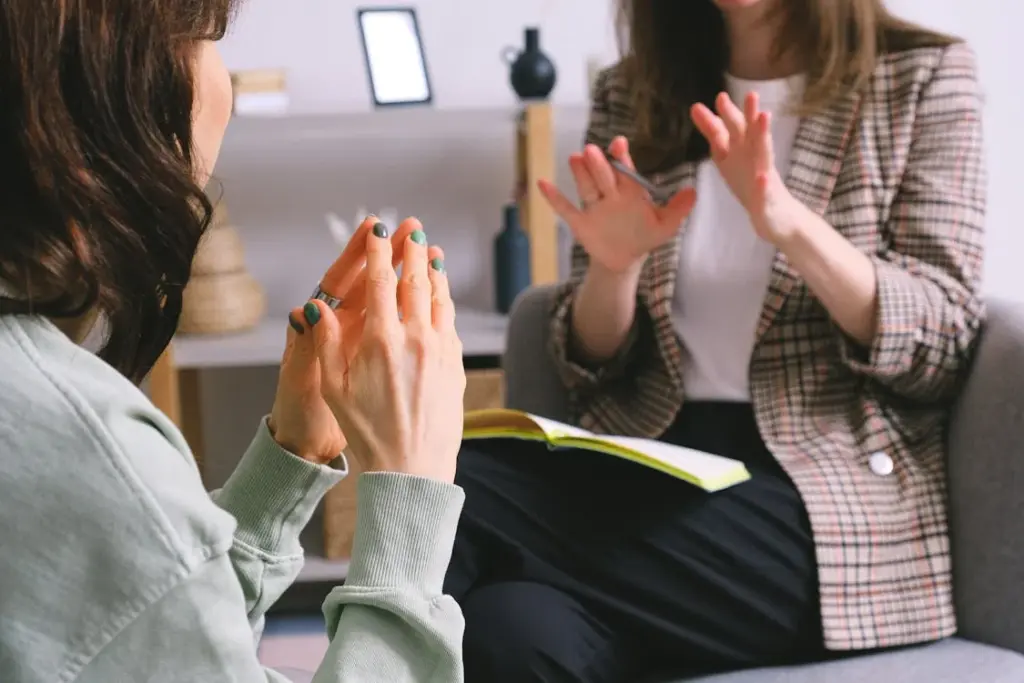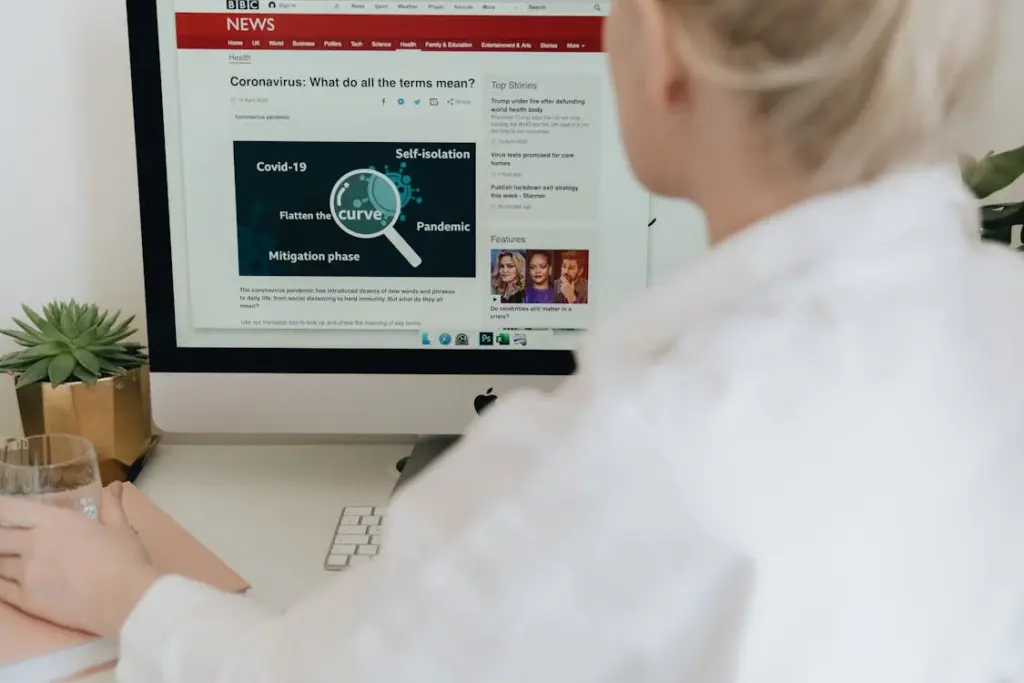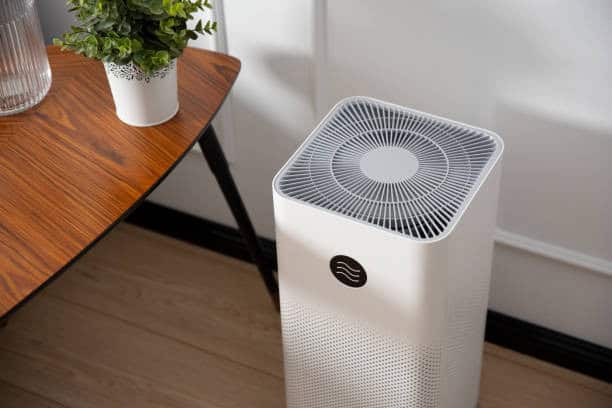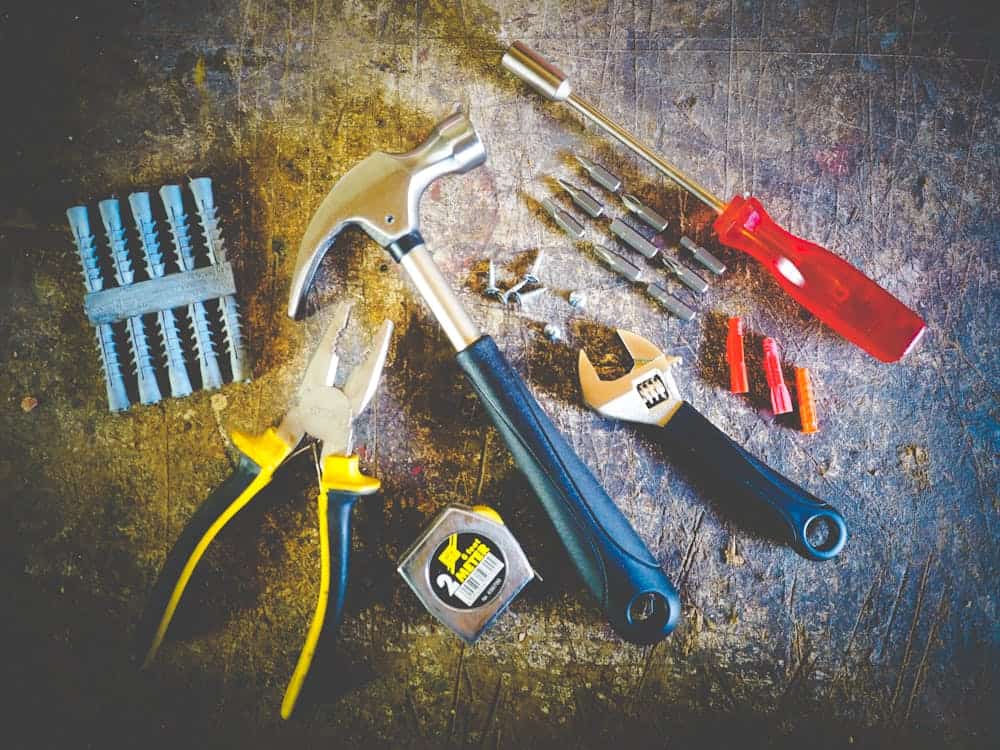22 Popular Products You Don’t Need to Buy Because They’re Free


Have you ever bought something that you could have had without paying? You might be surprised, but it happens more than you think.
Spending money on things you can get at no cost can add up over time. We all like getting free stuff, so I found some examples and want to tell you about them.
Today, let’s look at 22 things people often pay for, even though free options exist. Spending less on these is an easy way to save more money.
Tell us in the comments about free things you use and how they have helped you save!
Maps

In today’s digital age, free online maps and navigation apps offer plenty of mapping resources without any payment required. Still, some prefer to purchase physical maps or GPS device subscriptions.
Paid map resources provide benefits like offline access and advanced features, including turn-by-turn directions, which free options might not have.
GPS devices, typically costing between $100 and $300, contributed to the global GPS market’s worth of $94 billion in 2022.
Movies

Watching the newest popular movies does not have to cost $10-$15 at the theater. Public libraries lend movies for free, and more free streaming apps now offer many films.
Some of these services also have old classic movies you might not see anywhere else. If you don’t mind waiting for new movies, you can watch without paying high prices.
Using these free choices lets you enjoy good movies without spending a lot of money.
TV

Cable and streaming services offer a wider range of shows, movies, and programming compared to basic TV channels. This convenience comes at a cost, though.
The average cable bill is approximately $217 per month. An alternative is using over-the-air broadcast channels available in your area, which are free.
While you’ll have fewer choices in content, using this free source of entertainment can save you a significant amount of money each year.
Water

The bottled water business sells the idea of purity, cleanliness, and ease, reaching a global market value of $300 billion. Yet, in many places, public water is safe and good to drink.
A simple way to save money is to use free water from taps, fountains, springs, and other natural spots.
Buying a reusable bottle and maybe a filter system can give you clean water at home with just one cost instead of always buying single-use bottles.
Sand

For construction, landscaping, and home improvement projects, companies offer specific grades of sand priced between $15 and $40 per ton to meet quality requirements. This allows builders and homeowners to choose sand that meets their project’s exact specifications.
Alternatively, there’s a readily available source of sand for free in beaches, deserts, and other sandy areas, provided you can access and transport it yourself.
Although gathering your own sand requires more physical effort than purchasing it in bags, it can save on ongoing material expenses for those willing to put in the effort.
Advice

In many cases, friends and family give advice and help for free. But some people choose to talk with professional advisors or life coaches and pay for their expert advice and organized coaching programs.
People often pay because they trust the skills and clear methods that experts offer. Meanwhile, close relationships can be very helpful when getting free advice.
Costs for life coaching usually range from $75 to more than $250 per hour for face-to-face meetings and $50 to over $100 per hour for online sessions. This has made the life coaching field a global business worth about $4.56 billion.
I do not ignore the value of life coaches or therapy. I use and pay for both myself. The main idea is that advice can be free, but many still choose to pay for it.
Also, paying doesn’t always mean better advice. Many therapists and coaches give poor guidance.
Dirt

Did you know that some people actually buy plain dirt even though it’s naturally available for free? While dirt can be found anywhere without spending a dime, many gardeners choose to buy topsoil that’s specially made for growing plants.
This special soil provides convenience and the best conditions for seeds and seedlings. Alternatively, you can use dirt from your own yard or nearby natural areas.
Although it takes more effort to gather and sift it yourself, using free local dirt can create a sustainable garden at no cost, just some physical labor, instead of spending $2-$5 per bag of topsoil.
Rocks and Stones

Decorative rocks and stones in landscaping make outdoor spaces look nicer. Their main job is to improve the appearance of these areas.
Instead of paying $50-$200 per ton for these rocks, you can find them nearby or even in your own yard. With some effort and imagination, you may find many free materials to get the look you want.
This saves money and gives your landscaping a special feel, since you pick rocks that naturally fit your area.
Books

Public libraries are incredibly valuable because they let people read and borrow books for free. Yet, many people prefer to buy books, either to build their own collections or to support authors directly.
A new book usually costs between $15 and $25, and the worldwide book market was worth $144.67 billion in 2023.
Before purchasing, think about using your local library’s extensive collection to read books without spending any money.
Video Games

Like books, video games can be borrowed at public libraries or played free online. Still, many people buy games to get the newest titles and features.
Playing free games can offer many hours of fun without spending money. This is great for those who want to enjoy games without paying.
The usual cost of $60 for a new game helps make the global video game market reach $300 billion by 2025.
 If you like what you are reading, then click like and subscribe to my newsletter. We share tips to waste less time and money.
If you like what you are reading, then click like and subscribe to my newsletter. We share tips to waste less time and money.
Mulch

Gardeners can save money by using yard waste like fallen leaves, wood chips, and other natural materials as free mulch. Instead of buying mulch bags that can cost $3 to $5 each, you can use these materials in your garden beds.
Many local towns also offer free mulch, even if you don’t live there. By gathering and spreading this mulch yourself, you get a fresh look for your garden without paying extra. It takes some work, but the savings and good effects for your garden make it worth it.
Clothes

When you want to build a wardrobe, you can find clothes at no cost if you try a little. Trading clothes, used items from family or friends, and free items from thrift stores are good ways to get new outfits without paying money.
Many people still choose to buy new clothes in shops to have the newest styles and the best fit. Finding trendy and well-fitting clothes often costs $20 to $100 for each piece.
Buying new clothes is easy, but spending money often can add up to a lot over time.
 If you like what you are reading, then click like and subscribe to my newsletter. We share tips to waste less time and money.
If you like what you are reading, then click like and subscribe to my newsletter. We share tips to waste less time and money.
Running

Getting exercise, such as running, can be completely free if you use public parks, trails, or sidewalks in your area. This not only saves money but also allows you to enjoy the fresh air and changing scenery.
On the other hand, some people prefer to pay for gym memberships or invest in home treadmills for a more controlled environment and convenience.
My wife and I are both runners. We spend over $1,000 a year running!
Gyms offer additional equipment and facilities, but the average $58 monthly membership fee can add up quickly compared to running outdoors at no cost.
Music

Radio broadcasts and free music streaming sites offer millions of songs without charging you. Still, many music fans choose paid subscription services to listen without ads and get special content.
Monthly fees of $10 to $15 seem fair, but these costs add up and make a big part of the music industry’s huge streaming income.
Using free music options lets your playlists grow and helps you save money over time.
News

Online news websites and public broadcasts offer updates and information without any fees. Taking advantage of these free news sources is an easy way to stay informed at no cost.
Many people still choose to subscribe to newspapers or premium news sites for the in-depth analysis and exclusive content they provide.
The average newspaper online subscription runs around $120 per year, and the global newspaper market was valued at $34 billion in 2021.
Air

Air is free for everyone to breathe, but sometimes people buy things related to air. For example, canned air, which is used to clean electronics, usually costs between $15 and $20.
Air purifiers are another air product that many people buy. In 2023, the sales of these devices around the world were worth $13 billion.
People get air purifiers to help make the air inside homes cleaner because opening windows may not be enough.
Software

Computer users often purchase licensed software, which can range in cost from $50 to $500 per license, to access professional support and take advantage of advanced program features.
An often overlooked alternative is open-source and freeware programs. These software options are available at no cost and can handle many common computing tasks effectively.
While they may not provide all the extra features of paid software, they are sufficient for everyday needs and can be a budget-friendly choice for many users.
Photography

Today, with smartphone cameras, you don’t always need to hire a professional to save special moments, except for some important events. Many choose professional photographers to get better pictures, especially for big occasions.
Session costs usually run between $100 and $300, making up part of the $40 billion worldwide photography business in 2023. It can be a good idea to try free options first.
Using free photography advice and the tools on your current devices can help you take great photos without spending more money.
Home Repairs

Home repairs and maintenance are a natural part of owning a home. Thankfully, there are many online resources offering free tutorials and guides, which can help homeowners tackle many repair projects themselves, only paying for the materials.
On the flip side, some people prefer to hire professional repair services for their expertise and guaranteed quality. This specialized knowledge does come with a higher price, often costing anywhere from $50 to several hundred dollars per hour, depending on the complexity of the job.
While bigger projects might need a professional, basic repairs are a great chance to use your DIY skills and save on labor costs.
Legal Documents

Getting help with legal papers like rental agreements and living trusts can be costly, usually costing $50 to $200 for each paper. This adds to the large $1 trillion market for legal services.
At the same time, public libraries and free online templates provide many common legal forms at no cost. These include rental agreements, wills, trusts, and others.
Though you need to read instructions carefully, this option lets people get important papers without paying high prices.
Education

Learning doesn’t have to be expensive. On average, tuition at private schools totals $12,350 per year. Public schools and an increasing number of free online courses make education accessible to everyone without any cost.
Despite this, some still choose private schools or paid online platforms because they believe these options offer better quality and additional services.
Choosing free public schools or online learning can give you excellent education without the high costs.
Recipes

Home cooks have lots of free recipes available online through food blogs and family favorites passed down. Still, many choose to buy cookbooks, which usually cost between $20 and $40.
Cooking classes are also a way for home cooks to learn. Taught by skilled chefs, these classes give a chance to practice cooking in person.
Even though paid options from experts give useful help, many home cooks feel the many free recipes online are enough for their daily cooking.
Speaking of recipes, check out WilThink’s Eat Category, where we share lots of free recipes that you can easily learn and enjoy!
Free or Fee?

Deciding between free options and paid products depends on your needs and how much money you have. Only you can choose which nice things are worth paying for and when a careful, do-it-yourself method will work well.
Being clear about what is most important helps you avoid extra costs while still giving yourself a treat in the areas that really count.
The good news? You have many choices! Use free options and try easy ways to save money so you can keep more of what you earn.
 If you like what you just read, then subscribe to my newsletter.
If you like what you just read, then subscribe to my newsletter.
AI was used for light editing, formatting, and readability. But a human (me!) wrote and edited this.



